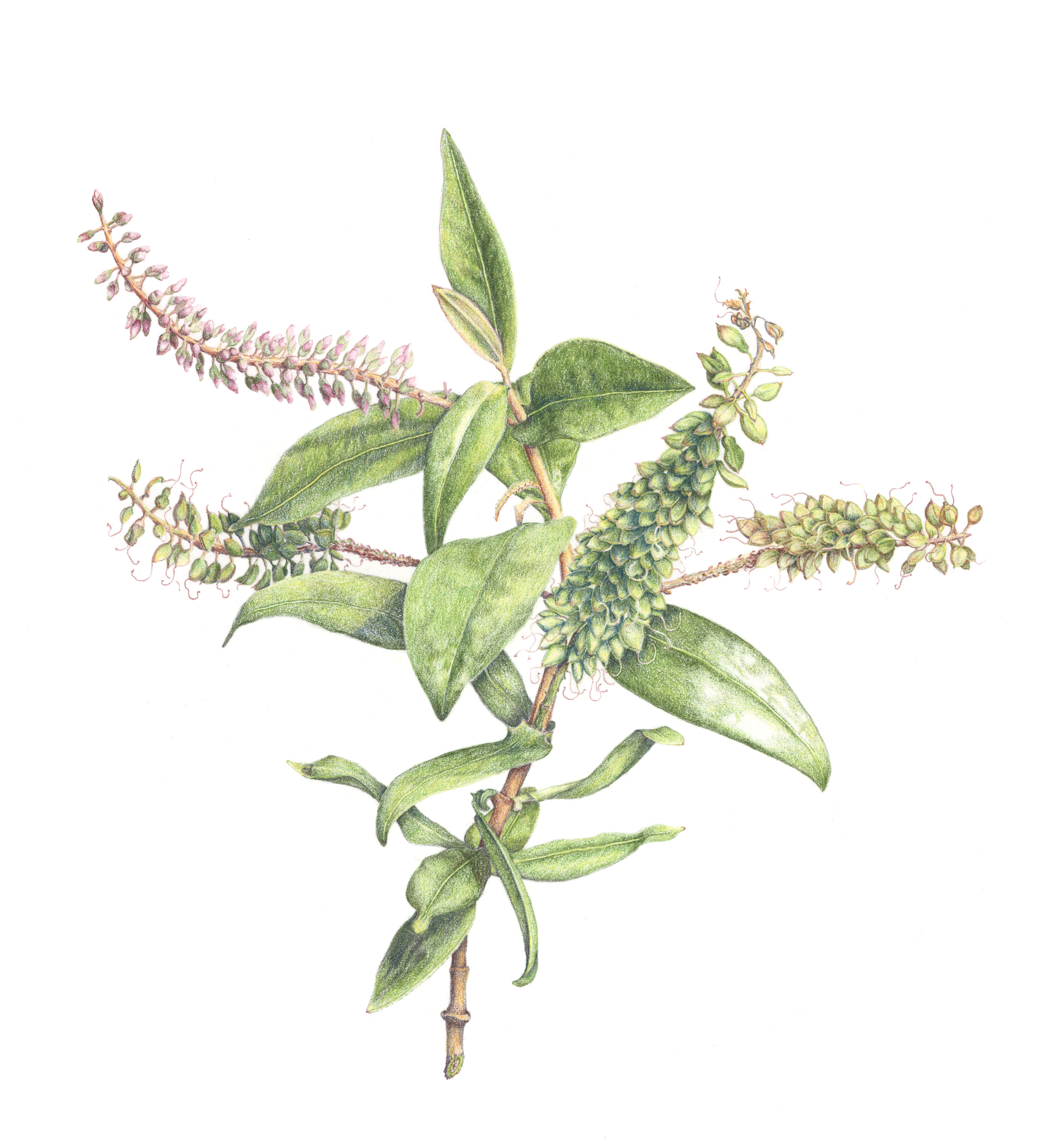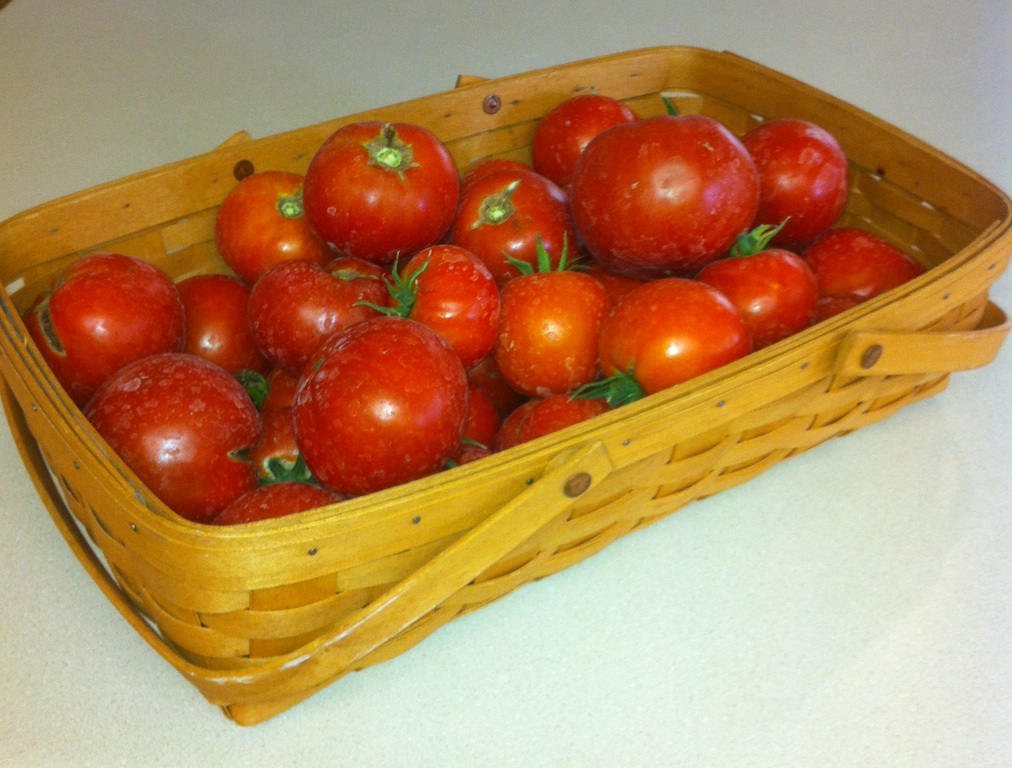So genealogy has never been my metier, but lately I have become somewhat interested in it. Pictures like this are apt to do that. Ever since I was a child I have been fascinated by these photos which floated around in a collection of old family mementos primarily because no one seemed to know who these folks were. They could be Bidwells (no near relation to the famous General John who had no issue, my Bidwells are descended from John Horace Bidwell, a very distant cousin to the famous Chico scion) from Shasta County California, they could be Clines from Canada, they could be Corbetts from Ireland, they could be Morgans from Wales; when you get back that many generations, the possible permutations begin to boggle the mind and you start to have an appreciation for the concept that the human race is really one big family. In any case, do your descendants a favor and write on the back of every photo in your house, the date, the location and the names people in it. I have another collection of old family photos for which this was done and I thank the organized person who attended to this detail. I think it was my great-grandmother Harriet Teel Cline, otherwise known in the family as “Hat Creek Hattie.” I’m planning a trip to Hat Creek one day to meet some of my long-lost cousins and see the sights that are depicted and named in these photos: the Pit River, Burney Falls, the towns of Cassel, Hat Creek, and the Millville cemetary where everyone seems to be buried.
It’s good to be back to the blog after a lengthy hiatus. More postings should come along in short order.




















